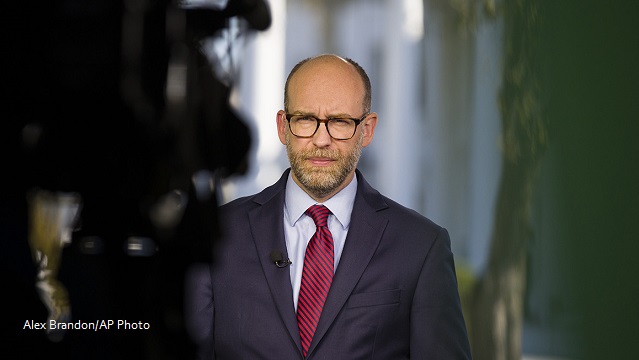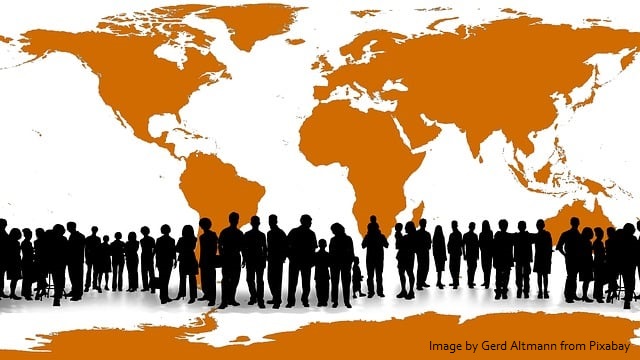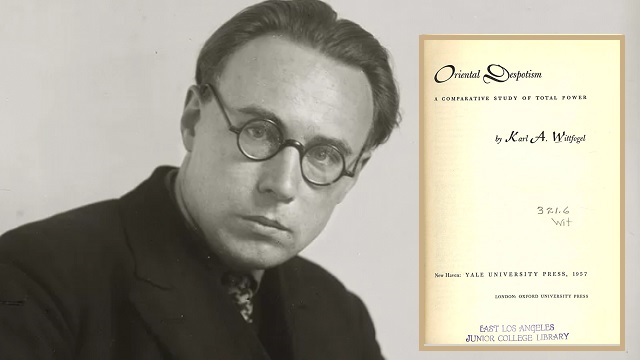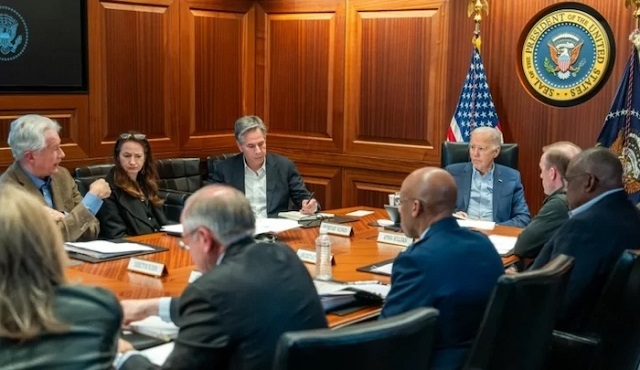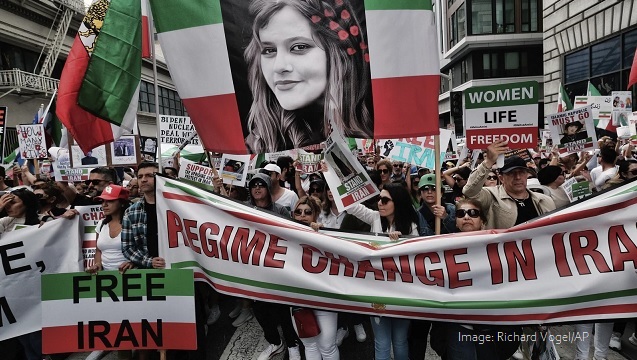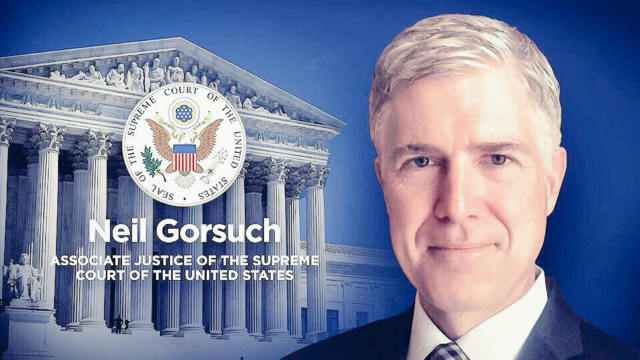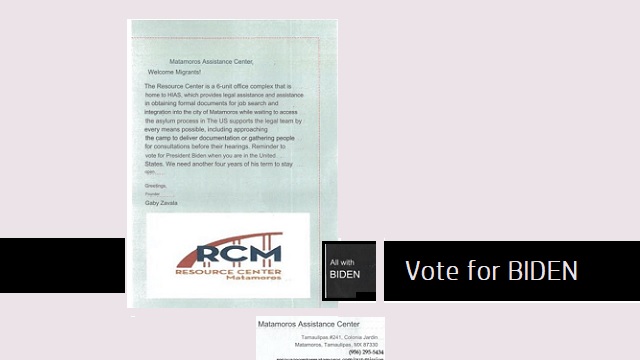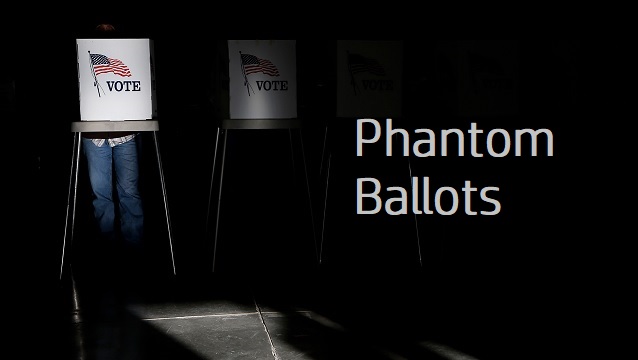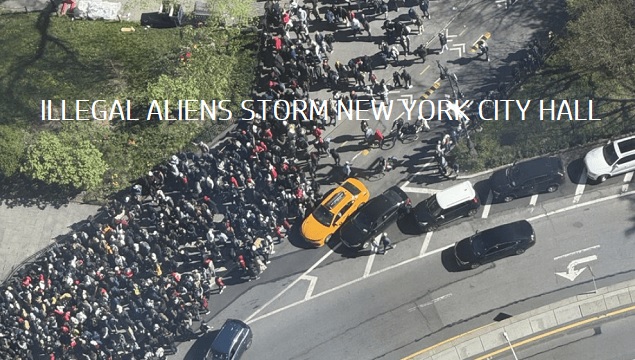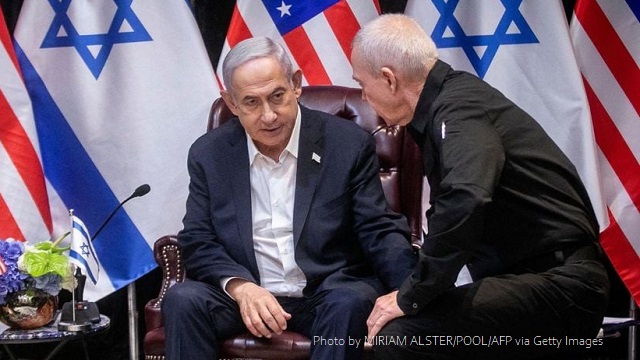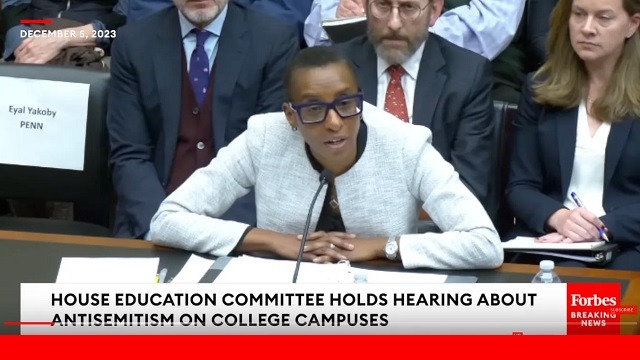Without free and fair elections, we are hamsters on a wheel.
In all of U.S. history, never have so many, for so great a cause, so universally failed, with such dire consequences
By: Omega For America, April 2024:
The phantom voter – provably 20% of the voting population in some states – remains on the 2024 voter rolls ready to do its duty – for Joe Biden.
Virtually no phantoms have been eliminated – although – in all 50 states, tens of thousands of patriotic citizens – did all they could to show the madness of having the guy living at the strip mall – as a registered, voting, voter.
Where phantoms were removed – by a court in rare instances, they were replaced 5-fold with new phantoms – who now are often, provably, illegal aliens.
We see it in the data.
In all of U.S. history, there are few if any examples of so many people, justly showing black and white fraud – and having absolutely nothing to show for it.
This failure occurred because the “election fraud narrative” never took hold – and with no support from elected officials, the phantoms remain on voter rolls – at scale.
There are fascinating reasons why we are here.
National election integrity orgs – grifters at a scale – gave Republicans comfort their eye was on the ball. It was on the buck – which they greedily collected – and missed the largest voter fraud event in the history of the planet – stealing a presidential election in 2020.
These groups sold crap like voter guides, seminars, education materials – while Leftists built urban ballot manufacturing machines – registering hundreds of thousands at a 7-11 or Target, collecting the ballots from the Postal Service – and taking the country away.
Remember that next time the national voter integrity groups hit you up for a donation to educate voters!
Don’t join the dopey donor class.
Crazies took to the air waves making outlandish claims that not only never panned out, they were provably false. Absolutely nobody wants to be connected to crazy people with their own broadcasting channel.
“Non-partisan” voter integrity groups, aligned with Republicans, continue to use useless relational technology that cannot find that Phineas lives at a Walmart.
Relational technology cannot discern that Jack 0’Donnell and Jack O’Donnell are the same person – just one of them, the former, uses a ZERO in his name instead of an “O,” it’s called a typo.
Nor can they cross search every NGO, 501C3, grant, foundation connected to Dark Money – the fuel that drives ALL voter fraud ballot mills – in one click from a phone.
Because they cannot challenge an “address type” because they have 1970’s technology – they miss the greatest opportunity to change the fraud narrative – and to impact 2024.
Phineas lives at an address that the property tax roll shows is a gas station. These voter integrity groups – raising millions for fat salaries – cannot make that simple argument – because they cannot cross search voter files with property tax records.
That the Chinese Cultural Association may be bringing in $26 million and quietly moving it to get-out-the-vote groups in Wisconsin is invisible to these national organizations – they don’t even look.
If you cannot tie every NGO and 501 C3 dollar from its source to final destination – you miss the most powerful means of driving change from elected officials and courts.
Thus, the narrative remains – there is no significant voter fraud, those who say so are crazies.
Yet, billions of Dark Money dollars flow like underground rivers – and nobody can see any of it – except us.
Republicans, for decades, promoted RINOs – who wanted to get along – at all costs. Well, in 2020 that bill came due.
Election systems in every swing state and many deep red states are hopelessly corrupt – and if you talk about it – you are shunned – or investigated.
The swing states – who will choose the next president – are currently working together – to stop Trump in 2024. Secretaries of State – collaborating – not to protect the vote but to undermine the election system.
Next time you encounter a RINO, and you think the aggressive, red-hatted Trump guy is icky, embrace the legacy of getting along – it cost the U.S. its electoral system. Period.
We need to say it again – America has lost the electoral system. It is not fixable, it is lost.
Mass mail-in ballots, with no signature verification, no ID needed to vote – means you cannot manage that system honestly – nobody can, nobody will. Most of the swing states continue their slide out-of-reach for Republicans.
Somehow election fraud – 2020 version – attracted crazy people by the truckload along with great, logical patriots. The patriots, quietly went about their work while the crazies – every reader can come up with one or two common names – made the entire domain toxic – or worse – laughable.
Wild accusations that could not be supported – websites tying to China – the only thing they missed were flying saucers – but they came back with a “solution” to fly drones over polling places in 2024. That’s the ticket!
Crazy people destroy the election fraud narrative – they do not advance it.
We deal with Secretaries of State and Attorneys General.
If we mention “election integrity” – the chat is over.
That’s why we do not work with voter integrity groups who are not tied to elected officials – they are universally perceived by elected officials as crazies and nobody wants to associate with them. We disagree as most are wonderful patriots – but not all. The Crazies among them drive the narrative and the narrative is now toxic.
Narrative toxicity is a measurable element in the equation – and we all need to recognize it.
My friends, the argument about cleaning the voter rolls for 2024 is over.
They are not getting cleaned.
They have not been cleaned. They contain from 7% to over 20% anomalous voters who are in place to handle any Biden deficit.
The charlatans selling cleaning voter rolls for 2024 are the national voter integrity orgs who make money selling that concept – knowing nothing of scale is possible in the time remaining.
It’s a perfect scam for a never-ending donation stream – the problem remains painful but is never cured. Donate forever.
These orgs have no technology to stop ballots going to ineligible addresses – because they cannot cross search property rolls – so they deny it’s a thing. They barely know an address doesn’t get mail – but knowing it is a gas station – is far beyond their reach.
The question is where do we go from here.
That choice comes in two categories – acquiesce or demonstrate in so conclusive a manner that the milquetoast Republicans in state legislatures must stand up.
Acquiesce is not an option.
Try this!
Demonstrate criminal corruption so massive – with proof so substantial – it cannot be denied.
Provide live, visible evidence of government/political party corruption so shocking, even soccer moms and the 70 year old shopper at Whole Foods, with Birkenstocks, reusable shopping bags and a gray pony tail demands action.
Demonstrate that our country is not being subverted only by the Left, it is being subverted by adversaries, who use the Left as the useful idiots – funding the Left’s takeover of all institutions – particularly elections.
Welcome to the NGO Database…
Continue reading, read it all.




